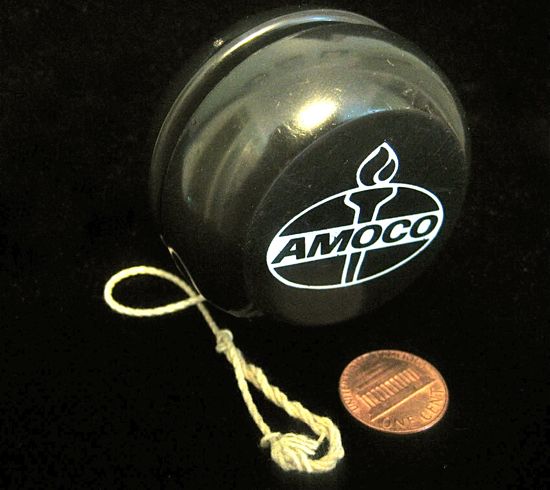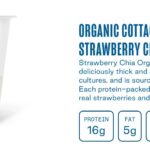Do you know the story of the significant object experiment? A quasi-anthropological experiment was conducted. Their hypothesis was that narrative transforms insignificant objects into significant ones.”
Significant Objects is the brainchild of journalist Rob Walker, who often writes on various aspects of material culture. Josh Glenn, whose book Taking Things Seriously, looks at how we invest ordinary objects with extraordinary significance.
The Experiment
The experiment’s parameters were as follows:
- $128.74 was spent in total to purchase one hundred items at a thrift shop and garage sales. They were bought for an average of $1.28 per item. Things that were purchased were old fans, jars of marbles, an ordinary hand-painted tray, and my favorite, a yo-yo with the gas station logo of Amoco branded on it.
- A writer was paired with each object and asked to write a fictional story, in any voice about the thing turning each item into something remarkable and of value.
- Each item was listed for sale on eBay with a photograph of the object and the writer’s descriptive narrative. The purpose was not to dupe buyers – but to study the role of storytelling in marketing. The author’s byline appeared with the item.
- eBay customers bid on each item for the value they perceived. There wasn’t a suggested price.
- Net proceeds were given to each writer, and they kept all rights to the story.
- The winning bidder got both the object and the printed story.
- The results. $128.74 worth of thrift-store junk for $3,612.51 or an average of $36.12 each.
- So meaningless objects that cost $1.00 were valued at 36X that amount, based solely on the story that was told.
You can read each of the stories and see a photograph of each object here. It is incredible to read how inventive these writers were to bring objects to life. That yo yo cost $.25 and sold for $40 based on the story here.
Story Brings Value
Stories take an object and enrobe it in meaning. It takes the ordinary, everyday thimble or jar of marbles and connects it to a love story or a commitment to the dignity of work.
Marketers who understand the power of storytelling help draw us in to deliver meaning where little exists. Stories are like emotional umbilical cords, making objects more valuable and relatable to our lives.
One common problem I observe about most company’s marketing is that they are selling things not stories. Consumers buy the story that helps us value the object we purchase.
The next time you are marketing an object or thing as boring as a wooden crib, imagine the story you could tell about the crib. Perhaps you describe 100 years in the future when that crib is used by a great-grandchild. Features are logical and rationale – but we buy for irrational and emotional reasons. Stories give meaning to everything from our cars, shoes, and computers.
By telling a personal, emotional story about cribs, a manufacturer can go beyond a description of features, and connect viscerally with customers. Imagine how the crib you purchase might one day be used by your grandson. Storytelling shifts the discussion from the object to the emotions.
Stories are powerful tools. Use them wisely to bring products and services to life and to make a direct connection to the heart.
Photograph courtesy of Significant Object website. All rights reserved.




